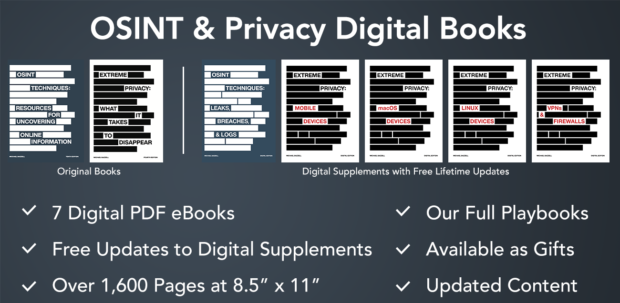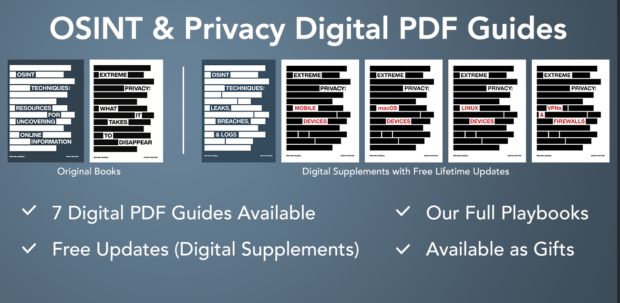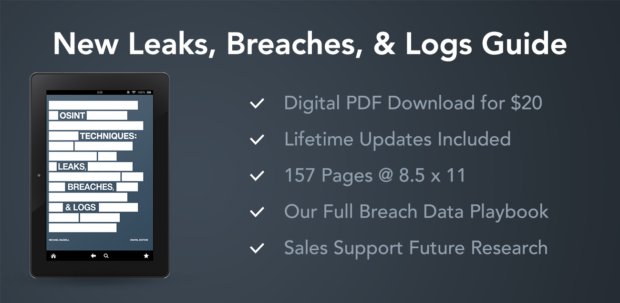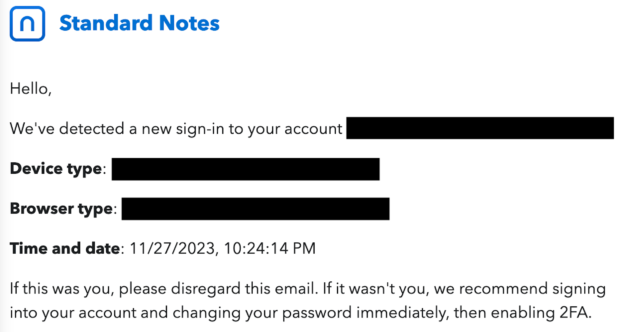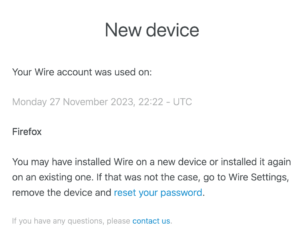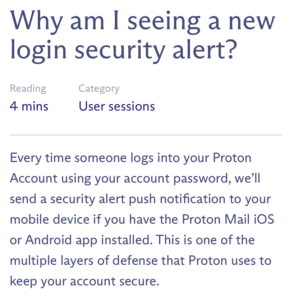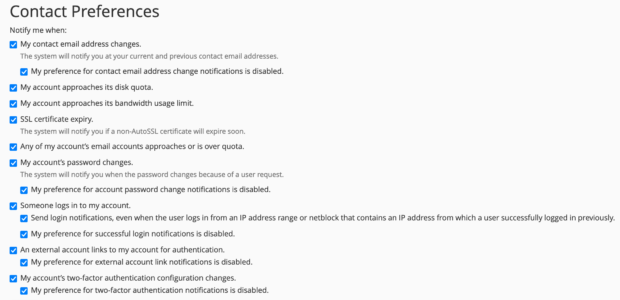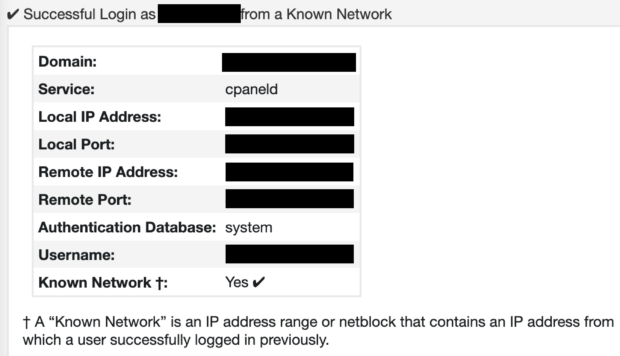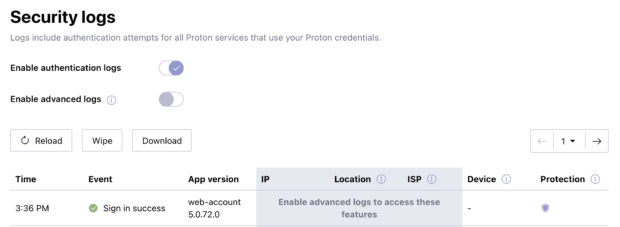It has been a year since the last issue of UNREDACTED Magazine, which has prompted many people to ask about future issues. First, the magazine is not 'dead'. Much like the podcast, it is simply on a hiatus. Many people falsely report online that the podcast and magazine are officially never coming back, which is contradictory to my previous post. The reason there have been no issues of the magazine is simply a lack of submissions. While things started strong, the last couple of issues were a struggle for content. Right now, there have been only three article submissions received since January of 2023. Therefore, I have put no effort into another issue.
The magazine is a community-driven product. Without the community driving it, it will go nowhere. If you would like to submit an article, please email it to [email protected]. If enough content is received, I will happily publish the next issue. Without content, there is nothing to publish. I know there is interest, as we still receive emails every day asking about the next issue.
Sponsors are lined up to pay the costs and keep the content free, but there lies other problems. We received constant complaints about having sponsors. Most readers demanded free content without ads, which is unrealistic. Many readers only want ads from companies they already like, which defeats the point of advertisements. The moment we have an ad for a provider different than the one preferred by much of the community, the emails roll in threatening to never read another (free) issue unless we eliminate the current sponsor. I was even bashed online by a CEO of a company which competes with one of our sponsors for allowing anyone but them to place an ad (which they declined to do). Overall, ads may not be worth the hassle.
We have considered a small fee per issue, but the credit card fraud which comes with that is an even bigger issue. What is the solution? I do not know yet. If the articles pour in, I will figure it out.
